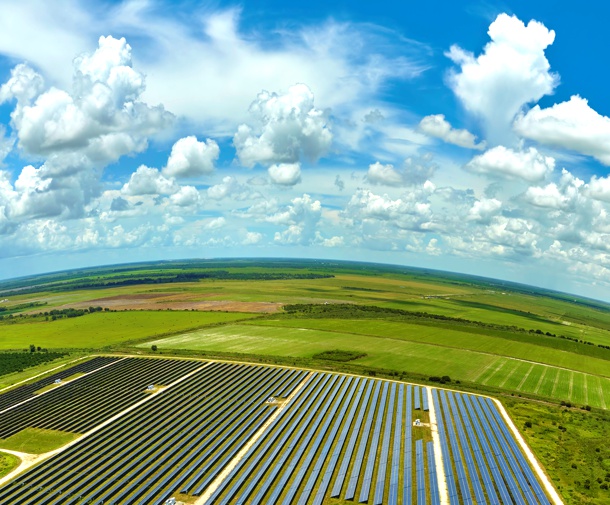- About CPTEn
- Thematic Axes
- Artificial intelligence and data science for energy management
- Regulatory innovation and funding and partnerships models
- Public policies and governance
- Economic analyses for prospection and scenarios
- Education, training and qualification of agents for sustainability
- Transition to renewable energy and bioenergy
- Transition to digital networks and smart consumption (Grid Edge Technology)
- Innovation for smart cities
- Newsletter
- CPTEn NEWSLETTER – Issue 1 – May/June 2023
- CPTEn NEWSLETTER – Issue 2 – July/August/September 2023
- CPTEn NEWSLETTER – Issue 3 – October/November/December 2023
- CPTEn NEWSLETTER – Issue 4 – January/February 2024
- CPTEn NEWSLETTER – Issue 5 – March/April/May 2024
- CPTEn NEWSLETTER – Issue 6 – June/July/August 2024
- CPTEn NEWSLETTER – Issue 7 – September to December 2024
- CPTEn NEWSLETTER – Issue 8 – January to April 2025
- CPTEn NEWSLETTER – Issue 9 – May to September 2025
- Contact
Português


Discover our thematic axes
CPTEn Thematic Axis
Transition to renewable energy and bioenergy
This sixth Axis correlates two teams focused on different complementary actions. In the first team, researchers develop projects related to the application of photovoltaic systems for energy generation and the development of strategies capable of storing it. Meanwhile, in the second team, the work is carried out with vegetable and animal origin organic matter (biomass) used in bioenergy generation and the valuation of bioproducts and biocomposites. Together, these groups are articulated within the scope of the São Paulo Center for Energy Transition Studies (CPTEn), in a collaborative perspective in which alternative, more sustainable energy sources are brought to the center of this energy operation. In different instances, all these researches outline the possible way for a model of energy generation that is less harmful to the environment.
From sunlight to sugarcane bagasse, the idea uses the natural resources that exist in abundance in nature and takes advantage of what would otherwise be discarded, transforming them into indispensable resources for the energy transition. These are efforts that affect public sector units, such as secretariats, schools, hospitals, prisons, but show promise on an industrial scale. Equally important, the work of these groups strengthens five of the 17 Sustainable Development Goals (SDGs), namely, quality education (SDG 4), affordable and clean energy (SDG 7), industry, innovation and infrastructure (SDG 11), sustainable cities and communities (SDG 11), and, finally, responsible consumption and production (SDG 12).
